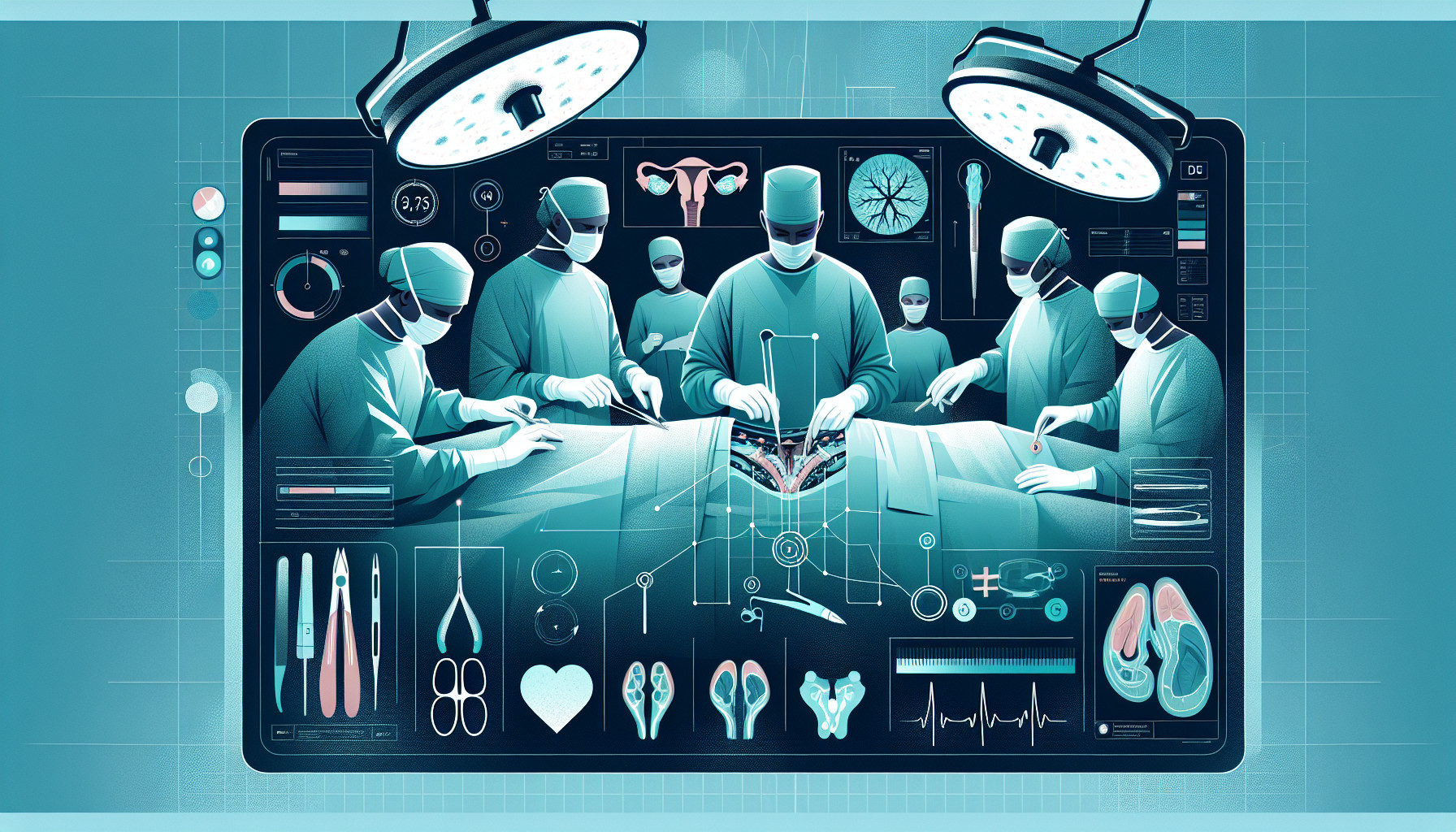Our Summary
The research was conducted in a children’s hospital in China to study the benefits of using a laparoscopic approach to treat palpable cryptorchidism - a condition where one or both of the testes fail to descend. The study involved 80 children who were split into two groups: one group underwent conventional open surgery and the other underwent the laparoscopic method.
Results showed that the group who underwent the laparoscopic method recovered faster, had less complications, and had better results in terms of testicular development. The laparoscopic method also showed to have a better surgical effect and a lower rate of external fixation - the need to secure the testes in place.
In simple terms, this study suggests that the laparoscopic approach, which is a less invasive surgical technique, may be a better option for treating undescended testes in comparison to the traditional open surgery method.
FAQs
- What is palpable cryptorchidism and how is it treated?
- What were the findings of the study conducted in a children’s hospital in China comparing laparoscopic and traditional surgery for undescended testes?
- Why is the laparoscopic method considered better than the conventional open surgery for treating undescended testes in children?
Doctor’s Tip
One helpful tip a doctor might give a patient about testicular surgery is to inquire about the possibility of using a laparoscopic approach, as it may lead to faster recovery, fewer complications, and better outcomes in terms of testicular development. It is important to discuss all available options with your healthcare provider to determine the best course of action for your specific situation.
Suitable For
Typically, patients who are recommended testicular surgery are those with conditions such as undescended testes (cryptorchidism), testicular torsion, testicular cancer, testicular trauma, and other testicular abnormalities. In the case of the study mentioned above, children with palpable cryptorchidism were recommended for testicular surgery to correct the condition and ensure proper testicular development.
Timeline
Before the surgery:
- Patient experiences symptoms of undescended testes, such as pain, swelling, or discomfort
- Patient consults with a doctor who diagnoses the condition and recommends surgery
- Patient undergoes pre-operative tests and evaluations to ensure they are a suitable candidate for surgery
During the surgery:
- Patient is administered anesthesia and prepared for surgery
- Surgeon performs the procedure, either through conventional open surgery or laparoscopic method
- Surgery typically lasts around 1-2 hours, depending on the complexity of the case
After the surgery:
- Patient may experience some pain, swelling, or discomfort in the surgical area
- Patient is monitored closely for any signs of infection or complications
- Patient is given instructions for post-operative care, including wound care and pain management
- Patient may need to follow up with the surgeon for a check-up and to assess the success of the surgery
- Patient may undergo physical therapy or rehabilitation to aid in recovery and improve mobility
Overall, the patient can expect to gradually recover over the following weeks and months, with improvements in symptoms and overall quality of life.
What to Ask Your Doctor
Some questions a patient should ask their doctor about testicular surgery include:
- What are the benefits of using a laparoscopic approach for testicular surgery compared to traditional open surgery?
- What are the potential risks and complications associated with testicular surgery?
- What is the recovery process like after testicular surgery, and how long can I expect to be out of work or school?
- Will I need to undergo any additional procedures or treatments after the surgery?
- How will the surgery affect my fertility and sexual function?
- What are the success rates of testicular surgery, and what can I expect in terms of long-term outcomes?
- Are there any lifestyle changes or restrictions I need to follow after the surgery?
- How experienced is the surgical team in performing testicular surgery, and what is their success rate with this procedure?
- Are there any alternative treatments or surgical approaches available for my condition?
- How can I best prepare for the surgery, and what can I do to ensure a smooth recovery process?
Reference
Authors: Li LW, Yang B, Liu D, Liu C, Guo SL. Journal: J Coll Physicians Surg Pak. 2022 Sep;32(9):1122-1126. doi: 10.29271/jcpsp.2022.09.1122. PMID: 36089706
